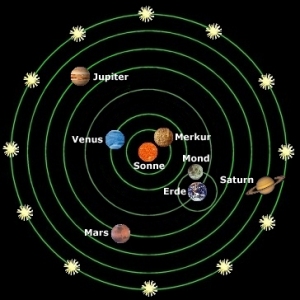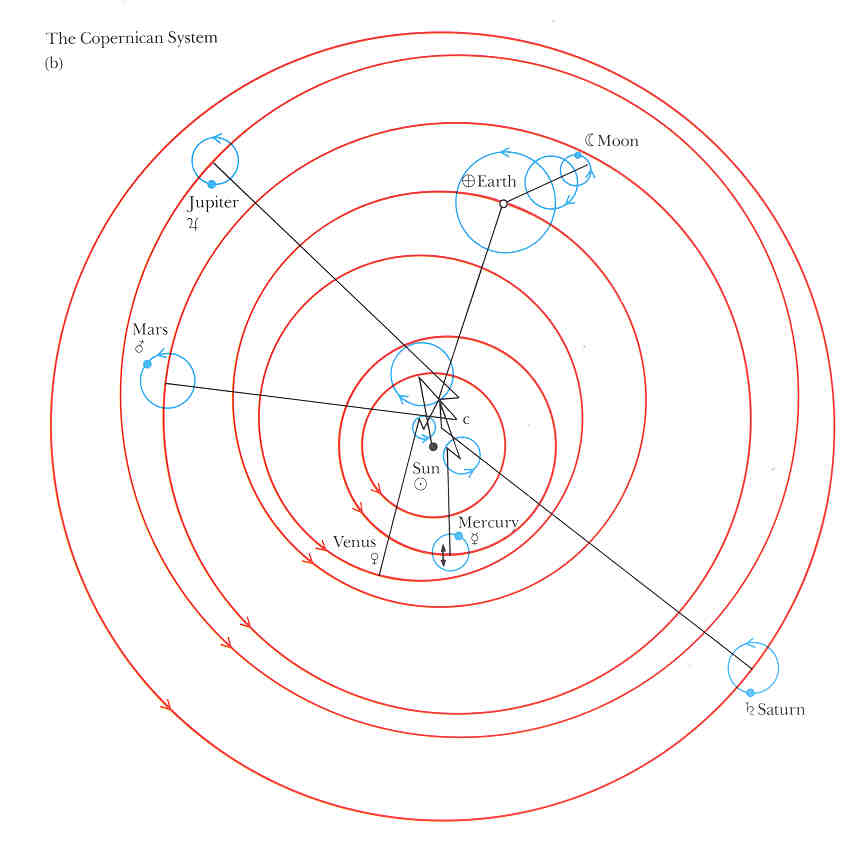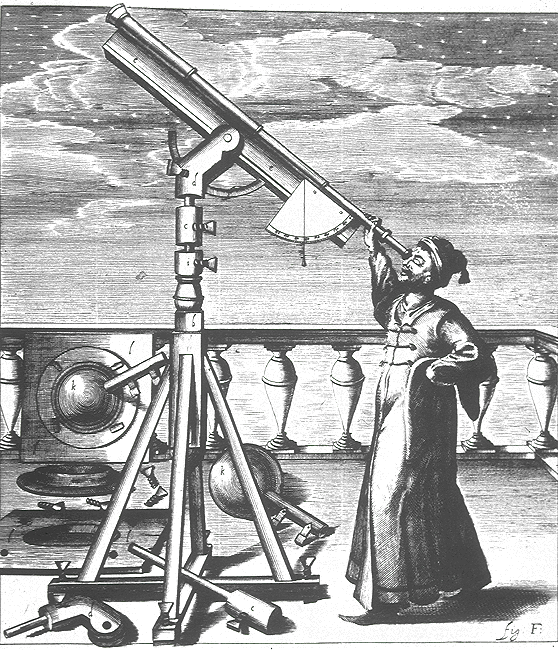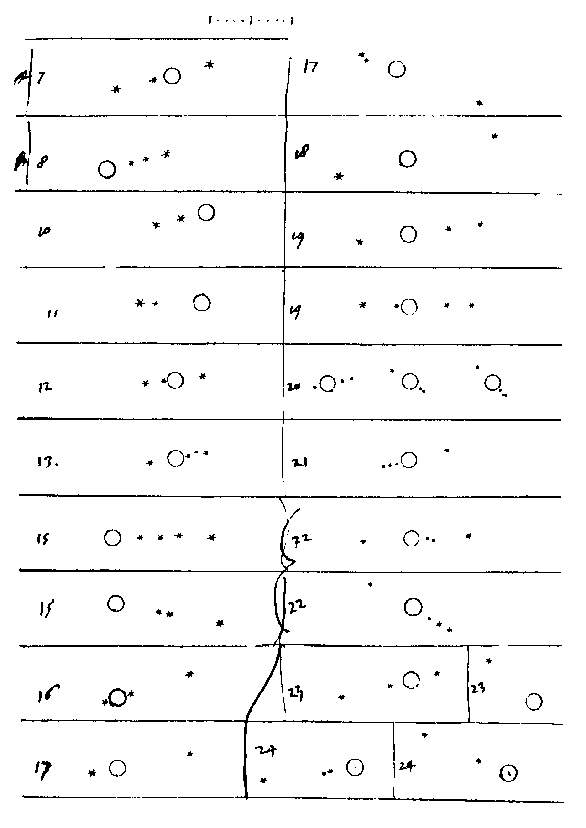 Note, also, the existence of alternative model proposed by Tycho. This model arose because of a failure to confirm the
stellar parallax prediction that arises in any heliocentric Solar system model.
Note, also, the existence of alternative model proposed by Tycho. This model arose because of a failure to confirm the
stellar parallax prediction that arises in any heliocentric Solar system model.
Note: Andreas Osiander, an ordained Priest, oversaw the publication of De revolutionibus orbium coelestium and added an unsigned preface explaining that the model described in the book was not intended as a description of the way the Universe really is, but as a mathematical device to simplify calculations involving the movement of planets
 Note, also, the existence of alternative model proposed by Tycho. This model arose because of a failure to confirm the
stellar parallax prediction that arises in any heliocentric Solar system model.
Note, also, the existence of alternative model proposed by Tycho. This model arose because of a failure to confirm the
stellar parallax prediction that arises in any heliocentric Solar system model.
The Universe according to Copernicus, who had no idea what the stars were in relation to this Universe.


Is the Copernicun Universe infinite?
This also gives a natural explanation for the observed retrograde motion that Ptolemy struggled with:

Also this explained the variation in brightness observed for Mars. Copernicus, however, didn't understand how the larger brightness variations observed in Venus could be accounted for.
That is, he did not understand that Venus would have phases. Although he should have as it just simple geometry.

And now we come to Galileo the Astronomer: (Galileo the Physicist comes later)
The Telescope  an interesting invention. Its importance
lies in demostrating that, through instrumentation, one can observe things
with far more precision and depth than can be attained using only human
senses.
an interesting invention. Its importance
lies in demostrating that, through instrumentation, one can observe things
with far more precision and depth than can be attained using only human
senses.
But here is Galileo's sales pitch on this new invention (in the year 1608):
This is a thing of inestimable benefit for all transactions and undertakings, maritime or terrestrial, allowing us at sea to discover at a much greater distance than usual the hulls and sails of the enemy, so that for 2 hours and more we can detect him before he detects us. |
Galileo's first set of documented nighttime observations were on November 30, 1609, when he pointed the telescope

at the moon:

With his Telescope Galileo Discovered (by late 1610 these observations
could and were reproduced by others):

 Why
was this an important discovery
Why
was this an important discovery

The satellites of Jupiter
This is the most important set of observations made by Galileo. He did this in January of 1609 and in a mere 15 nights of observing (interrupted by two completely cloudy nights) he deduced that Jupiter had 4 objects in orbit about it.
He published this result on March 13, 1609.
Well of course this was unsettling. Some other notables, clergy, etc looked through the telescope and pretended not to see the moons. Some refused to look through the telescope.
One scientist of the day summed the situation up as follows:
Wow ...